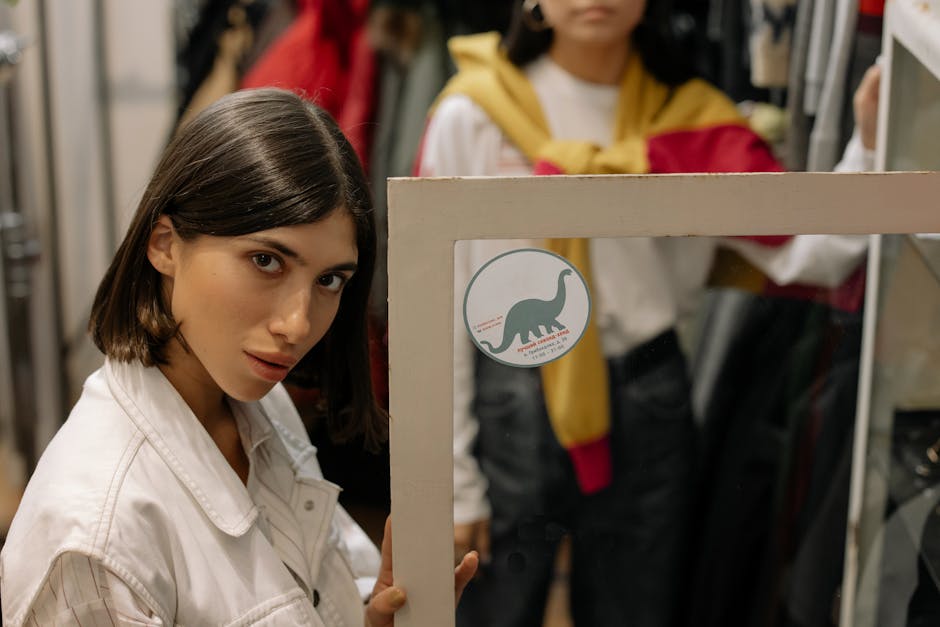Outfit QA is more than just a trend—it’s a mindset that empowers you to make intentional, confident, and stylish choices every day. At Style QA, we believe that every wardrobe decision should be styled with purpose and answered with insight. Whether you’re building a capsule wardrobe, navigating seasonal trends, or seeking solutions for tricky dress codes, mastering Outfit QA will transform the way you approach fashion, helping you look and feel your best in any situation.
What Is Outfit QA? Understanding the Foundations of Confident Styling
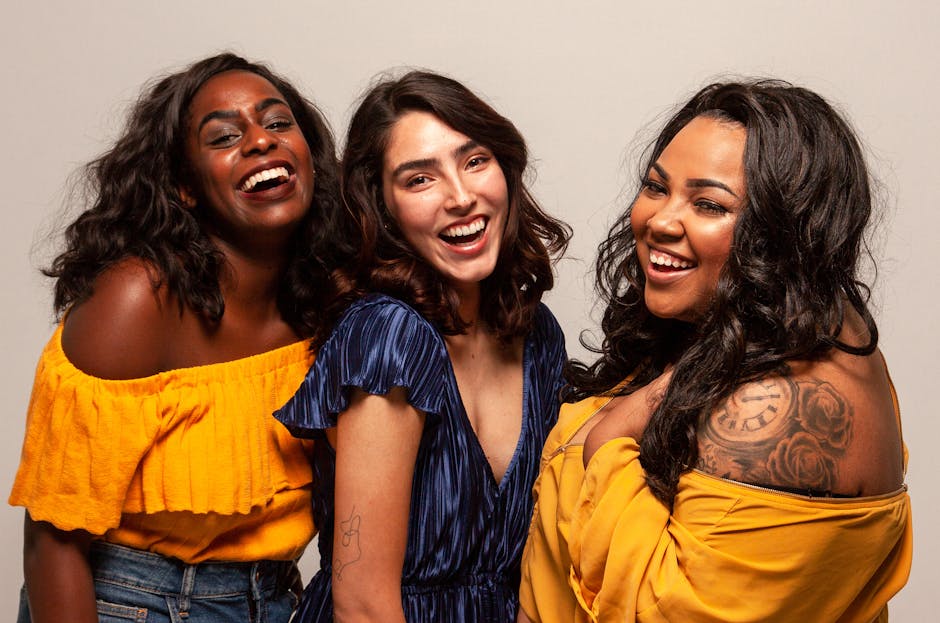
Photo by Radomir Jordanovic on Pexels
Outfit QA stands for Outfit Question and Answer—a strategic approach to fashion where you thoughtfully assess, curate, and refine your looks for any occasion. Rather than relying on guesswork or fleeting trends, Outfit QA encourages you to ask the right questions about fit, function, and personal expression. This process involves evaluating your wardrobe with a critical eye, considering your lifestyle needs, and making style decisions that align with your goals.
The foundation of Outfit QA lies in self-awareness. Start by identifying what makes you feel comfortable and confident. Consider your daily routines, work environment, social commitments, and personal tastes. By asking yourself targeted questions—such as “Does this outfit reflect my personality?” or “Is this look appropriate for my schedule?”—you can eliminate uncertainty and cultivate a wardrobe that truly serves you.
Outfit QA is also about problem-solving. Have you ever struggled to transition an outfit from day to night, or wondered how to layer for unpredictable weather? Through the Outfit QA method, you’ll learn to anticipate challenges and prepare versatile solutions, ensuring you’re always ready for whatever the day brings. This proactive approach not only saves time but also minimizes stress, allowing you to step out with confidence every single day.
Building a Versatile Wardrobe: Key Principles for Everyday Success

Photo by cottonbro studio on Pexels
A successful Outfit QA strategy starts with a versatile wardrobe. The goal is to curate a collection of pieces that mix and match effortlessly, adapt to different occasions, and stand the test of time. Versatility doesn’t mean sacrificing personal style; rather, it empowers you to express yourself in a variety of settings while maximizing the value of each item.
Begin with the basics—classic garments like a tailored blazer, crisp white shirt, well-fitting jeans, and neutral shoes form the backbone of any wardrobe. These essentials act as a canvas for your unique style, allowing you to layer in statement pieces, bold accessories, or seasonal trends as desired. When shopping for new items, prioritize quality over quantity. Choose fabrics and construction that can withstand regular wear, and opt for silhouettes that flatter your body shape.
Color coordination is another cornerstone of versatility. Build your wardrobe around a cohesive color palette that complements your skin tone and pairs well together. This makes it easier to create outfits on the fly and reduces decision fatigue. Don’t be afraid to incorporate a few accent colors or prints—these add personality without compromising mix-and-match potential.
Finally, consider the importance of adaptability. Look for pieces that can transition between casual and formal settings with a simple change of accessories or layering. A versatile wardrobe is the ultimate tool for Outfit QA, giving you endless outfit options with minimal effort.
Mastering Outfit QA for Every Season: Adapting Style Year-Round
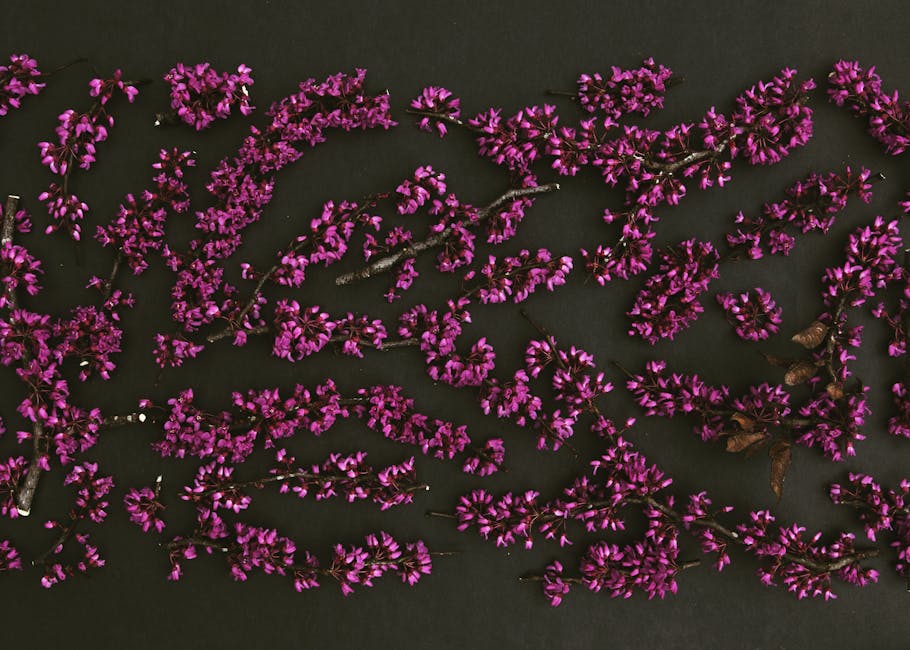
Photo by Evie Shaffer on Pexels
Each season brings its own set of outfit questions, from layering for warmth in winter to staying cool and polished in the summer heat. Outfit QA equips you with strategies to navigate these changes while maintaining your signature style.
In colder months, focus on layering with intention. Start with moisture-wicking base layers, add insulating pieces like sweaters or cardigans, and finish with a weather-appropriate outer layer. Accessories such as scarves, hats, and gloves not only provide warmth but also offer opportunities to inject color and texture into your look. When selecting winter footwear, prioritize function without sacrificing style—think waterproof boots or chic leather loafers with cozy socks.
Spring and autumn require adaptability. Transitional pieces like lightweight jackets, trench coats, and versatile knits allow you to respond to fluctuating temperatures. In these seasons, layering is key; choose items that can be easily added or removed throughout the day. Embrace breathable fabrics and experiment with different textures to keep your outfits interesting.
Summer calls for simplicity and comfort. Opt for natural fibers like cotton, linen, and bamboo to stay cool and dry. Loose silhouettes, sleeveless tops, and flowy dresses are perfect for hot weather, while a well-chosen hat or sunglasses provide both style and sun protection. The Outfit QA approach in summer is about balancing ease with polish—choose pieces that move with you and require minimal fuss.
By anticipating seasonal challenges and preparing your wardrobe accordingly, you can ensure that your Outfit QA remains strong all year long.
Solving Common Outfit Dilemmas: Expert Answers to Everyday Questions

Photo by Leonardo Pavão on Pexels
Everyone encounters outfit dilemmas, whether it’s decoding a vague dress code, finding the right fit, or styling a statement piece. Outfit QA is your toolkit for tackling these challenges with confidence and creativity.
Dress Codes: When faced with an unfamiliar dress code, start by researching the event or venue. For business casual, pair tailored separates with polished shoes and subtle accessories. For smart casual, mix relaxed pieces like jeans or chinos with a structured blazer or chic blouse. When in doubt, it’s better to be slightly overdressed than underdressed—confidence is always in style.
Fit Issues: The right fit can make or break an outfit. If a piece doesn’t fit perfectly off the rack, consider tailoring—small adjustments can dramatically improve the look and feel of your clothes. Pay attention to proportions, especially when layering or mixing silhouettes. High-waisted bottoms can elongate the legs, while cropped jackets balance longer skirts or dresses.
Statement Pieces: Bold prints, bright colors, or unique accessories can elevate your outfit, but balance is key. Let one statement piece take center stage and keep the rest of your look simple and cohesive. For example, pair a vibrant patterned skirt with a neutral top and minimal jewelry. Outfit QA encourages experimentation, so don’t be afraid to try new combinations—just remember to ask yourself if the overall look feels authentic and comfortable.
Transitioning from Day to Night: Outfit QA makes it easy to shift your look for different occasions. Swap flats for heels, add a bold lip color, or layer on statement jewelry to elevate a daytime outfit for evening events. Versatile pieces like a little black dress or tailored jumpsuit can be styled in countless ways with the right accessories.
By approaching outfit dilemmas with a problem-solving mindset, you’ll build confidence in your styling choices and develop a wardrobe that works for you, not against you.
Outfit QA for Special Occasions: Dressing with Purpose and Poise
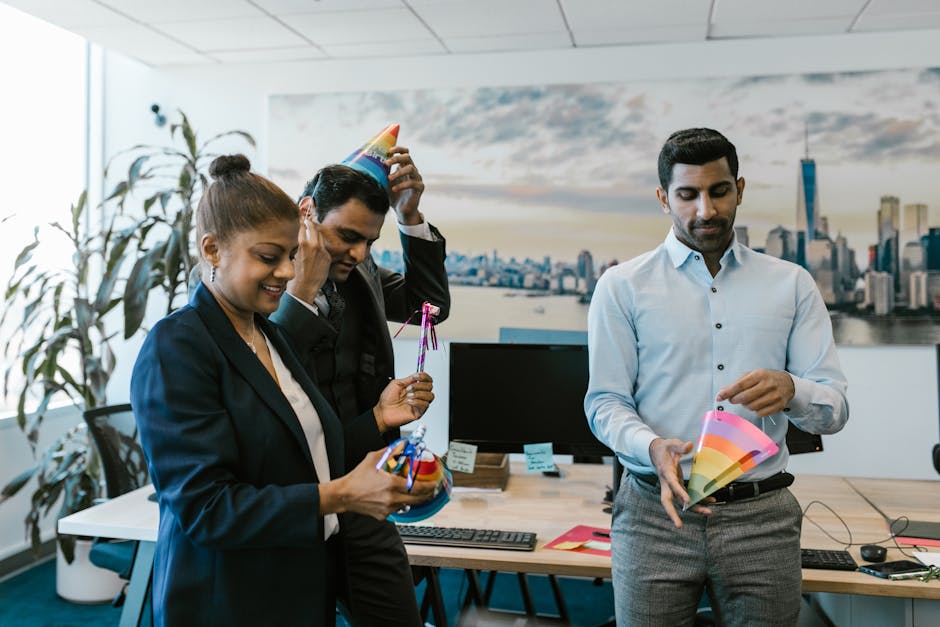
Photo by RDNE Stock project on Pexels
Special occasions—weddings, interviews, parties, or important meetings—often come with unique outfit questions. Outfit QA helps you navigate these high-stakes moments with clarity and confidence, ensuring you make a lasting impression for all the right reasons.
Start by considering the event’s purpose, location, and expected attire. For formal events, opt for classic silhouettes in luxe fabrics—think tailored suits, elegant dresses, or sophisticated separates. Pay attention to details like fit, hem length, and fabric quality, as these elements can elevate your look instantly. For less formal gatherings, choose outfits that balance comfort with style, such as a flowy midi dress or smart-casual trousers paired with a statement top.
Accessories play a crucial role in special occasion dressing. Select pieces that complement your outfit without overpowering it—delicate jewelry, a structured clutch, or a sleek belt can add polish without distraction. Consider the practical aspects as well; comfortable shoes and weather-appropriate layers ensure you can enjoy the event without wardrobe malfunctions.
Outfit QA also involves preparing for the unexpected. Pack a mini emergency kit with essentials like safety pins, stain remover, and double-sided tape. This proactive approach allows you to handle any last-minute issues with grace and composure.
By applying Outfit QA principles to special occasions, you’ll project confidence and poise, leaving a memorable impression wherever you go.
Personalizing Your Outfit QA: Expressing Individuality Through Style
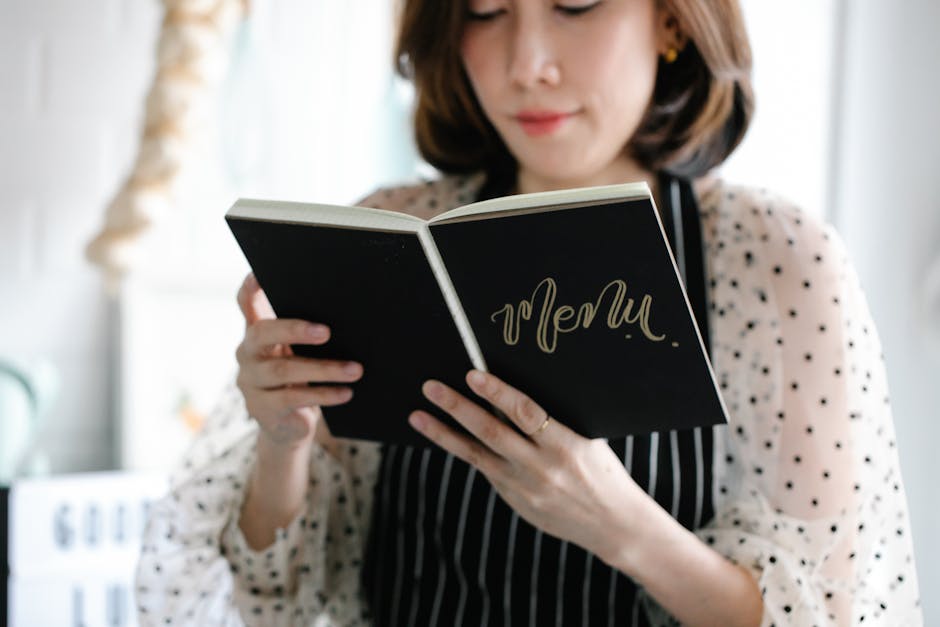
Photo by Katya Wolf on Pexels
The most powerful aspect of Outfit QA is its ability to help you express your unique identity. Fashion is a form of self-expression, and your wardrobe should reflect your personality, values, and aspirations.
Begin by identifying your style preferences. Are you drawn to classic elegance, modern minimalism, bohemian flair, or edgy streetwear? Use inspiration from fashion icons, social media, or your own experiences to define your aesthetic. Outfit QA encourages you to experiment within your comfort zone—try new colors, silhouettes, or accessories to discover what resonates with you.
Personalization also involves adapting trends to suit your lifestyle. Not every trend will work for everyone, and that’s okay. Use Outfit QA to filter out what doesn’t serve you and focus on the pieces that align with your values and daily needs. This approach leads to a more sustainable, satisfying relationship with fashion.
Finally, embrace the journey. Personal style evolves over time, and Outfit QA is a tool to guide you through each stage. Celebrate your individuality, trust your instincts, and remember that the best outfits are the ones that make you feel like the best version of yourself.
Outfit QA in Practice: Building Confidence and Making Lasting Style Choices

Photo by Tima Miroshnichenko on Pexels
Putting Outfit QA into practice is about developing habits that support confident, intentional dressing. Start each day by considering your schedule, mood, and the message you want to convey. Use the Outfit QA process to evaluate your options, eliminate uncertainty, and select looks that align with your goals.
Over time, you’ll notice that your wardrobe becomes more functional, your decision-making more efficient, and your style more authentic. Outfit QA isn’t about perfection—it’s about progress. Each outfit is an opportunity to learn, refine, and grow.
Stay curious and open-minded. Seek inspiration from diverse sources, ask questions, and don’t be afraid to make mistakes. The more you practice Outfit QA, the more intuitive it becomes, allowing you to approach fashion with confidence and creativity every single day.
Conclusion: Your Style, Answered with Insight
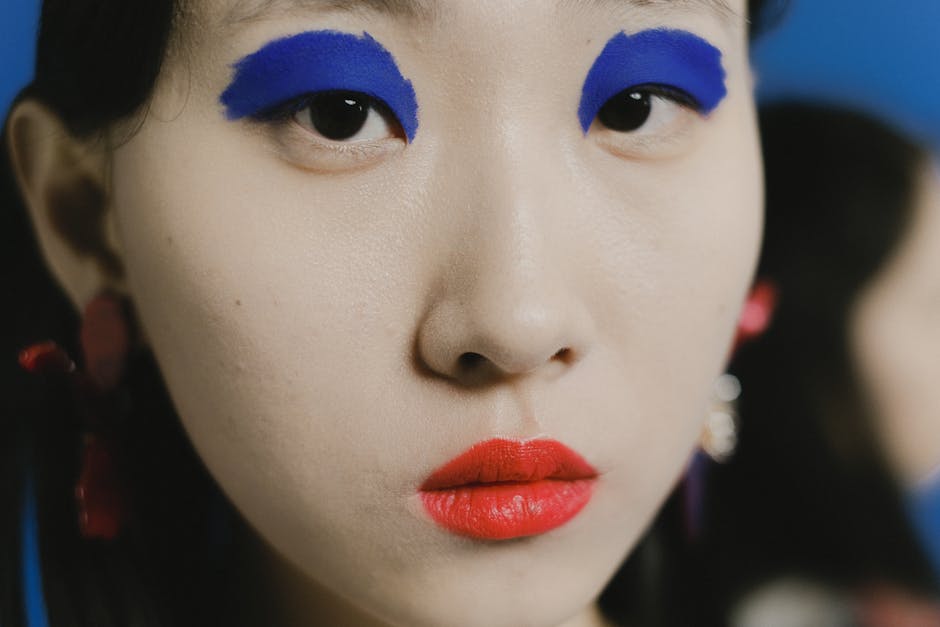
Photo by SHVETS production on Pexels
Outfit QA is the ultimate guide to perfecting your everyday style. By asking the right questions, building a versatile wardrobe, and embracing your individuality, you can navigate any fashion challenge with purpose and poise. At Style QA, we’re dedicated to helping you make informed, confident style choices—because every outfit should be styled with purpose and answered with insight.
Sources
- https://influencerseo.com/seo-for-fashion-bloggers/
- https://hawksem.com/blog/fashion-seo/
- https://neilpatel.com/blog/seo-for-fashion-ecommerce/
- https://www.webfx.com/industries/retail-ecommerce/ecommerce/seo-for-fashion-ecommerce/
- https://seoprofy.com/blog/seo-for-fashion-ecommerce/

